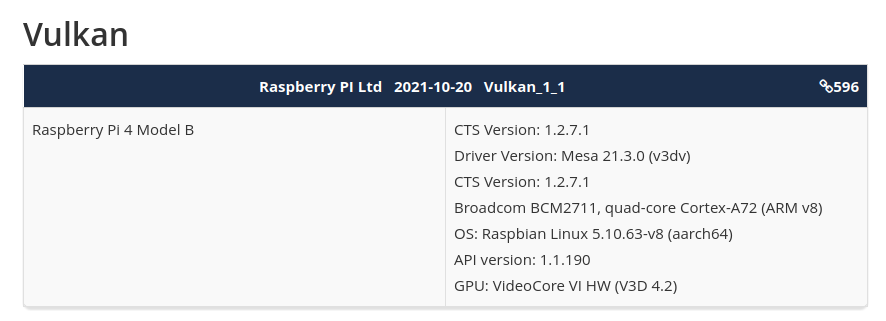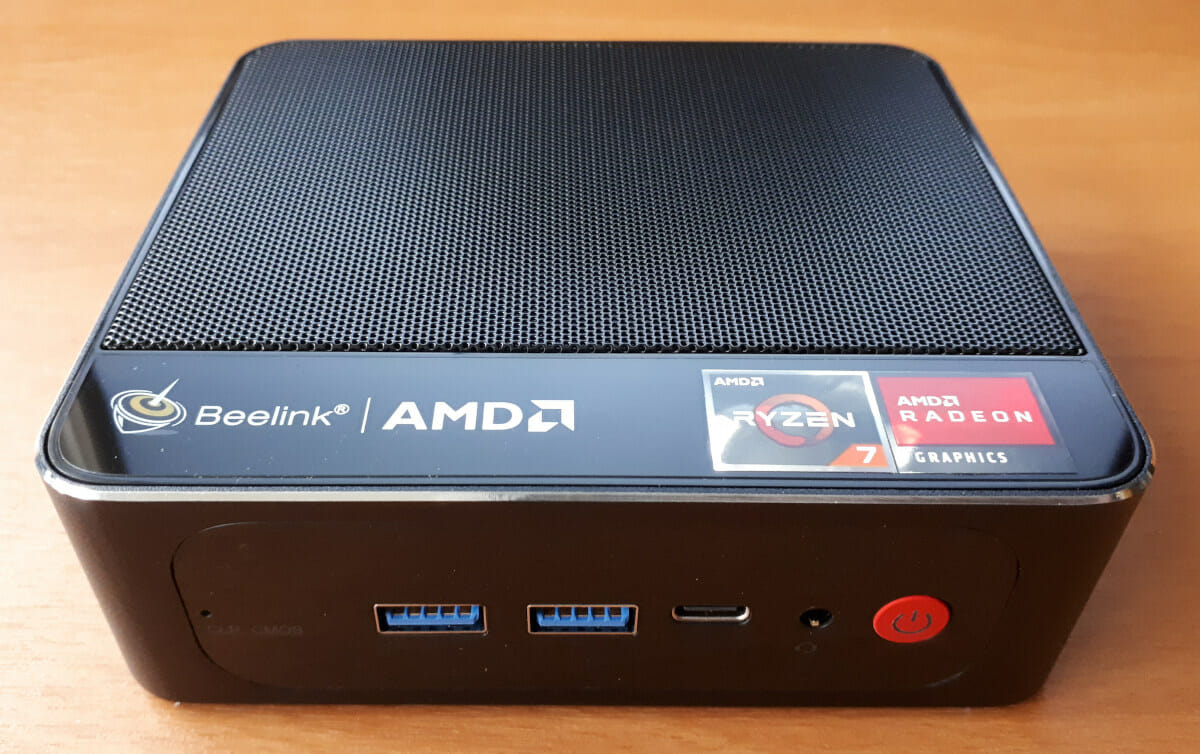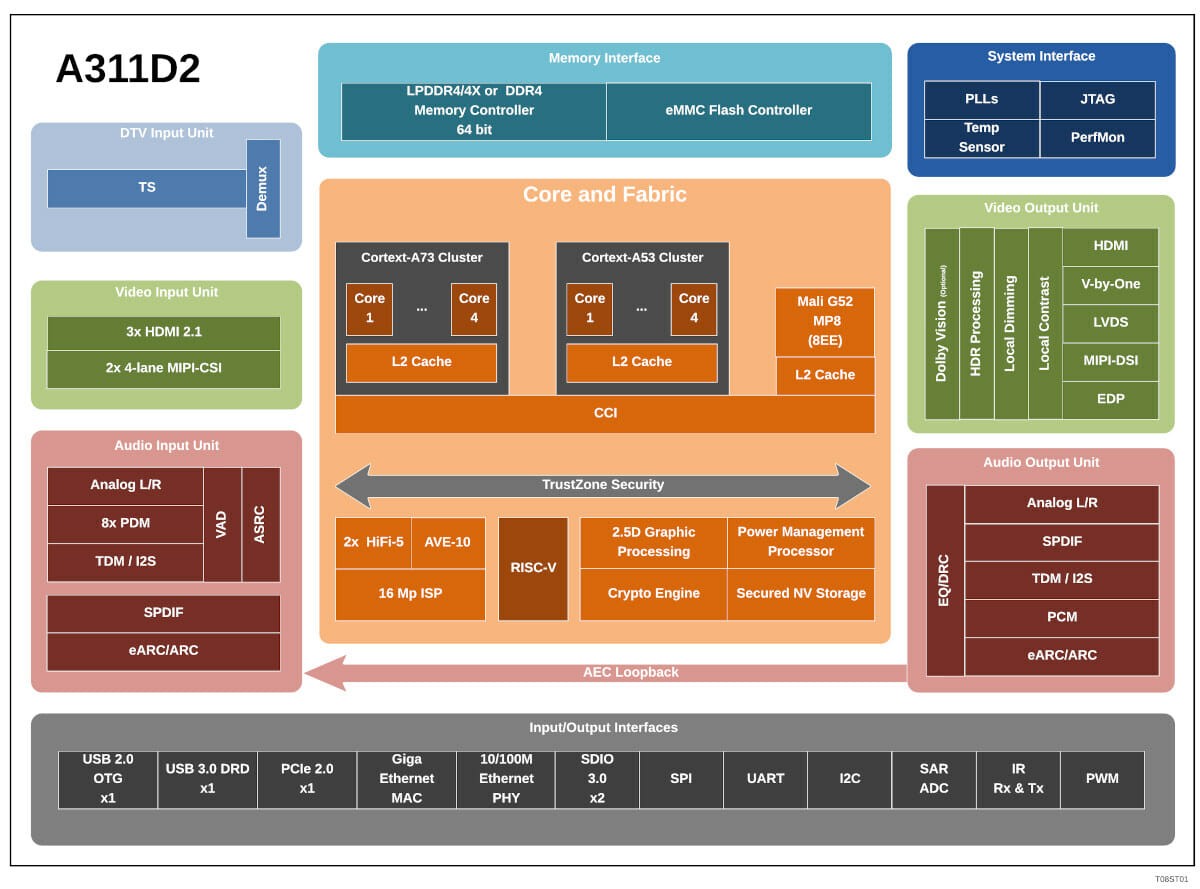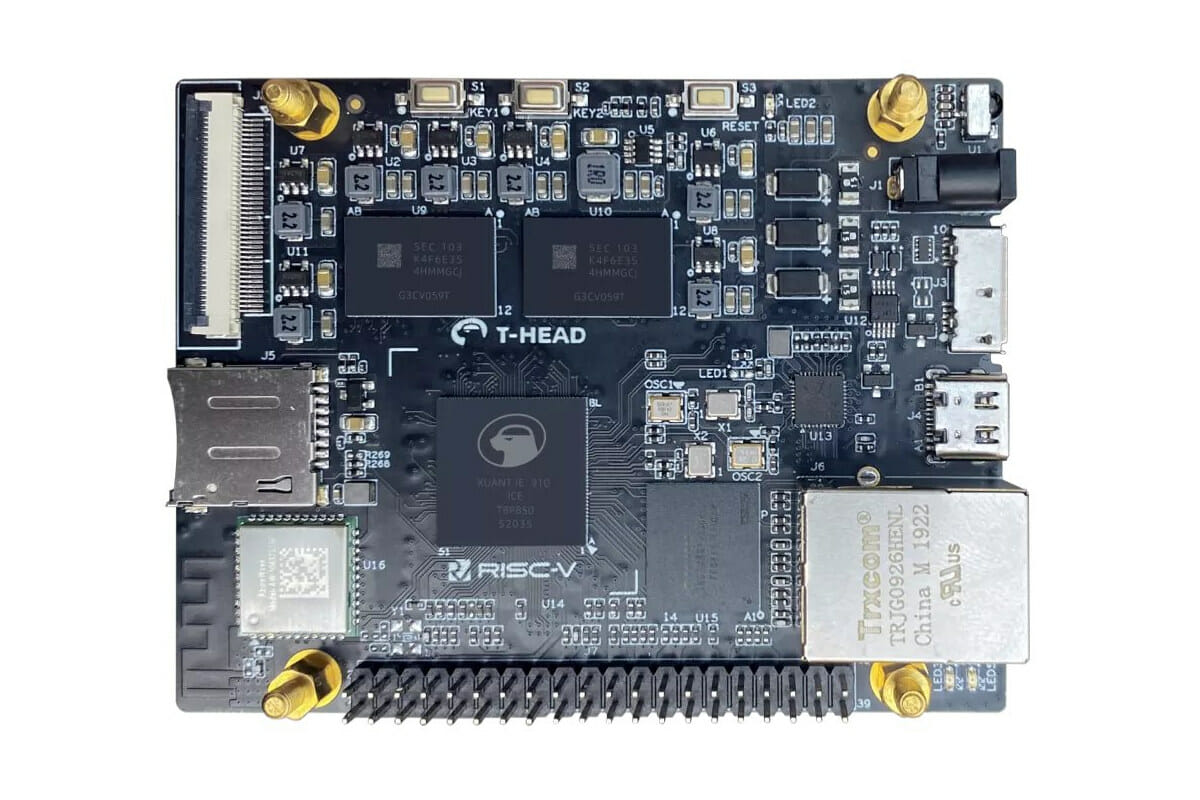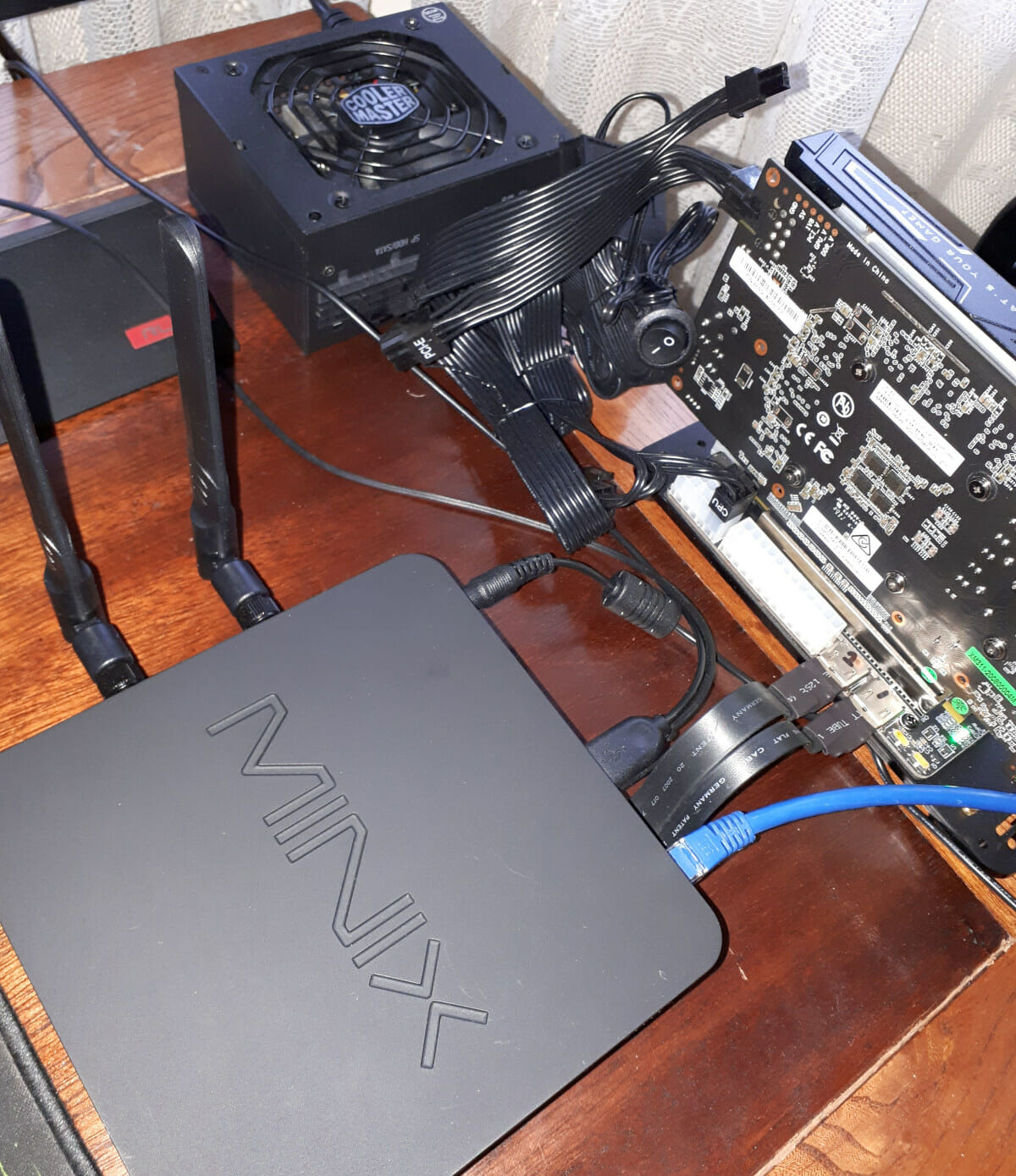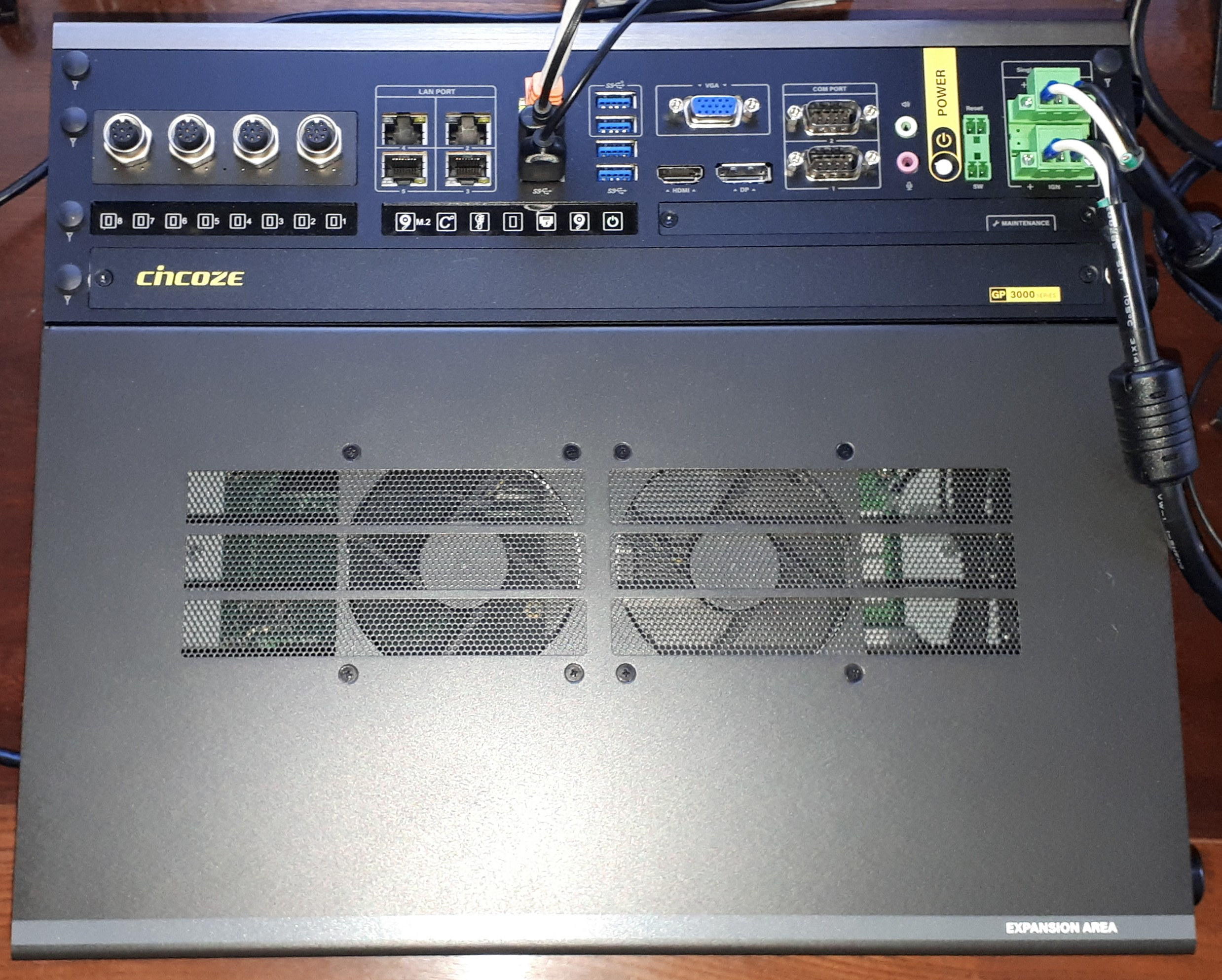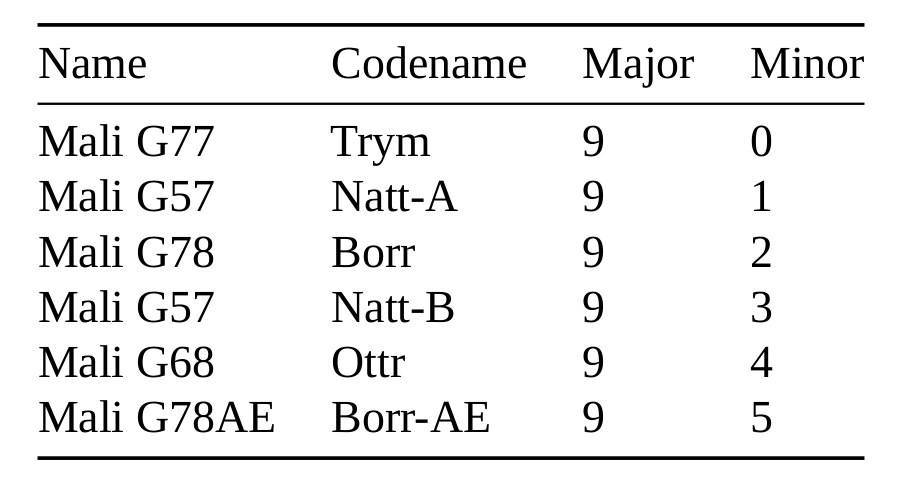Khronos has just granted Vulkan 1.1 conformance to Raspberry Pi 4 SBC, and following the implementation of various optimizations and new features such as geometry shaders, the v3dv Mesa driver delivers up to 60% higher GPU performance in Unreal Engine 4. Iglia started Vulkan driver work for Raspberry Pi 4 almost two years ago, with the triangle demo showcased in February 2020, followed by Vulkan 1.0 conformance in November 2020, and now the driver is certified conformant to Vulkan 1.1. While many GPUs are conformant, the Raspberry Pi 4 is only joined by a couple of complete platforms including several NVIDIA Jetson modules (Vulkan 1.2), and possibly some Intel and Google platforms shown as “Confidential” at this time. Alex Bate, Digital Content Manager for the Raspberry Pi Foundation, explains the driver changes for Vulkan 1.1 conformance have already been merged in the upstream v3dv Mesa driver, and should soon become […]
Beelink SER3 Review – A good AMD Ryzen 7 mini PC… after tweaks
Beelink has just launched a new mini PC called the SER3. It is another ‘new’ mini PC using an older CPU, in this case, an AMD mobile processor. However, the performance is surprisingly good once a few tweaks are made to the stock configuration. Beelink kindly sent one for review and I’ve looked at performance running both Windows and Ubuntu together with using an eGPU. Hardware Overview The SER3 physically consists of a 126 x 113 x 40mm (4.96 x 4.45 x 1.57 inches) square metal case. As an actively cooled mini PC, it uses AMD’s older 12 nm Zen+ Ryzen 7 3750H Picasso processor which is a quad-core 8-thread 2.3 GHz mobile processor boosting to 4.0 GHz with Radeon RX Vega 10 Graphics. The front panel has an illuminated power button, dual USB 3.0 ports, a Type-C USB 3.0 port with Alternate Mode, a 3.5mm headphone jack, and a […]
Amlogic A311D2 octa-core Arm processor supports up to 16GB RAM
Amlogic A311D2 octa-core processor is the successor to Amlogic A311D hexa-core SoC with four Cortex-A73 cores, four Cortex-A53 cores, a more powerful Mali-G52 MP8 (8EE) GPU, support for eDP and LVDS video interface, 8Kp24 AV1 video decoding, and support for a whopping 16GB LPDDR4/X memory. But it’s not all! The chip also includes supports for three HDMI 2.1 inputs up to 4Kp60, a 16MP ISP, 4K video encoding, and the more powerful GPU and higher memory bandwidth enable 4K user interfaces which were not feasible on most other Arm hardware barring the NVIDIA Shield. Comparison of Amlogic A311D2 and A311D specifications. * Amlogic A311D multiplexed PCIe and USB 3.0 interfaces means two configurations are possible: 1x USB 2.0 Host + 1 PCIe, OR 1x USB3.0 (No PCIe), but Amlogic A311D2 PCIe and USB 3.0 interfaces are independent, so we are not losing USB 3.0 when using PCIe (5 Gbps). The […]
Alibaba T-head RVB-ICE dual-core RISC-V SBC supports Android 10, Debian 11
The very first RISC-V single board computer with a 3D GPU reveals itself with “Alibaba T-head RVB-ICE” SBC available for pre-order for $399 together with a 7-inch display. The board is based on Alibaba T-Head “ICE” dual-core XuanTie C910 RISC-V processor with a Vivante GC8000UL GPU, and follows the announcement of Android 10 being ported to a RISC-V board earlier this year. Besides the dual-core RISC-V processor clocked at 1.2 GHz, the board is equipped with 4GB LPDDR4, 16GB eMMC flash, and offers Gigabit Ethernet, WiFi and Bluetooth connectivity, as well as a 48-pin GPIO header. But it lacks HDMI output, relying on an LCD interface instead, as well as full-size (Type-A) USB ports with only one micro USB 3.0 OTG port, and a USB-C port for serial console. Alibaba RVB-ICE specifications: SoC – Alibaba T-Head ICE with dual-core XuanTie C910 RISC-V processor @ 1.2 GHz, Vivante GC8000UL GPU, NPU […]
MINIX NGC-5 Review – Windows 10, Ubuntu 20.04, and external GPU
MINIX has just launched a new mini PC in their NGC range called the NGC-5. Although it uses a somewhat dated Intel eighth-generation Core i5 processor, the integrated Iris Plus Graphics 655 is notable for being one of the more powerful iGPU solutions. MINIX kindly sent one for review and I’ve looked at performance running both Windows and Ubuntu together with using an eGPU. Hardware Overview The NGC-5 physically consists of a 153 x 153 x 43mm (6.02 x 6.02 x 1.57 inches) square plastic case. As an actively cooled mini PC, it uses Intel’s older 14 nm++ Core i5-8279U Coffee Lake processor which is a quad-core 8-thread 2.40 GHz processor boosting to 4.10 GHz with Intel’s Iris Plus Graphics 655. The front panel has just a LED power indicator whereas the rear panel includes dual gigabit Ethernet ports, dual USB 3.1 ports, a DisplayPort 1.2, an HDMI 2.0a port, […]
Debian 11 “BullsEye” released with Panfrost & Lima GPU drivers, exFAT support, driverless printing
Debian 11 “BullsEye” has been released with Panfrost & Lima open-source drivers for Arm GPUs, in-kernel exFAT file system, driverless printing, and many more updates, plus a 5-year support window. Debian’s release is significant as the Linux operating system serves as the base for Ubuntu and derivatives, Raspberry Pi OS, and together with Ubuntu, is one of the operating systems supported by Armbian which offers images for a range of Arm-based single board computers. Arm Mali GPU support in Debian 11 I remember a few years ago 3D graphics acceleration on Arm boards was news, as it was quite a challenge to get it working due to binary blobs. But Debian 11 now comes with Mesa 20.3 framework which includes Panfrost and Lima open-source Mali GPU drivers by default, as well as the Vulkan 1.0 conformant V3DV driver for Raspberry Pi 4. As noted in the documentation that means the […]
Cincoze GP-3000 review – An expandable Xeon-based GPU computer
Cincoze GP-3000 is an expandable high-performance GPU computer. It consists of either a 9th or 8th generation Intel processor-powered embedded computer which can be expanded with Cincoze’s proprietary GPU Expansion Box (GEB) capable of housing up to dual 250W full-length graphic cards. Additional I/O expansion is also possible through the use of various modules. With a total 720W power budget the GP-3000’s additional GPU performance massively accelerates complex industrial AI and machine vision tasks. As a rugged computer, the GP-3000 has passed a series of stringent quality assurance tests and industry standards including MIL-STD-810G military standard, E-mark for in-vehicle applications, and EN50155 (EN 50121-3-2 only) for rolling stock environments. It can withstand hot and cold temperature extremes, shock and vibration, and high electromagnetic radiation. In this review, I’ll cover some performance metrics from both Windows and Ubuntu and also discuss the thermals. Hardware Overview The GP-3000 (see PDF datasheet) loaned […]
Mali-G78 GPU’s Valhall instruction set documentation released after reverse-engineering work
Collabora has been working on Panfrost open-source GPU driver for Arm Mali Bifrost and Midgard GPU for several years, and even getting official support from Arm. But apparently, that support does not include documentation for Mali-G78 GPU and other recent Arm Valhall Mali GPUs, as the company recently reverse-engineered Mali-G78 for about a month before releasing the documentation on the Valhall instruction set (PDF). Other results from the reverse-engineering include an XML architecture description that can be parsed by programs, as well as a Valhall assembler and disassembler that were used as a reverse-engineering aid. Besides Mali-G78 “Borr” GPU, the work will be useful for other Valhall GPUs include Mali-G77 “TryM’, Mali-G57 “Natt-A/B”, Mali-G68 “Ottr”, and Mali-G78AE “Borr-AE” for automotive & industrial applications. Alyssa Rosenzweig explains Collabora’s work that was based on the International edition of the Samsung Galaxy S21 phone powered by Samsung Exynos 2100 system-on-chip with a Mali-G78 […]


